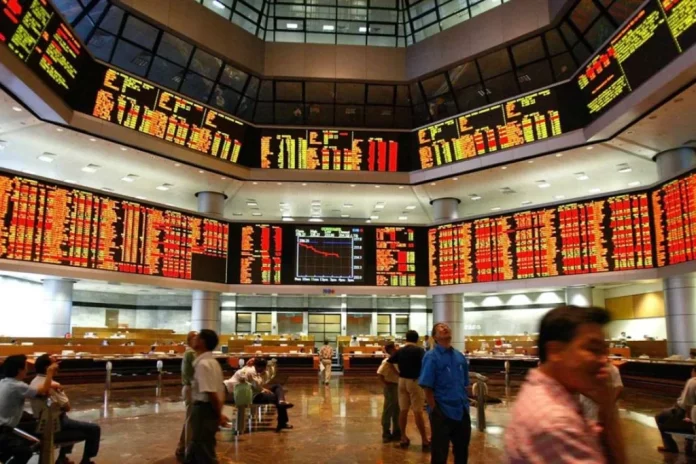Despite the brief rebound post-election, MSCI Malaysia is down -3.9% versus MSCI ASEAN’s +2.8% on a 3 month basis. With the index now trading at 13x financial year 2023 E price-earnings ratio and more than -2 standard deviation below its 10y mean, it is evident that markets are now pricing in the threat that global growth downside risks pose to Malaysia’s economic recovery.
“MIBG economics team now sees a 58% probability of US entering into a recession over the next 12 months, an outcome that will have a negative bearing on the recovery theme of ASEAN exporters (Malaysia, Singapore, Thailand and Vietnam),” said Maybank Research Pte Ltd (Maybank) said in a recent report.
While the initial banking crisis started by Silicon Valley Bank appears to be stabilising, there is increasing concern over US$1.4 trillion of commercial real estate bank loans that are maturing over 2023-2027 and the potential impact refinancing defaults could have on sharply higher recession odds. Small banks with less than US$250 billion in assets currently hold 67% of US commercial real estate loans.
On interest rate pivots, history is not kind with the S&P, MSCI Asia ex Japan and MSCI Malaysia registering average declines of -53%, -57% and -44% respectively when yield curve inversion peaked during dot-com and the global financial crisis.
“However, with risk on appetite playing out in US / China techs, we believe it is premature to get completely bearish on equities,” said Maybank.
In their latest rebalancing for Malaysia model portfolios, Maybank highlighted new additions in defensives and domestic investment-themed sectors: Utilities (Gas Malaysia, Mega First), Consumer (Genting Bhd, Leong Hup) and Industrials (Gamuda).









